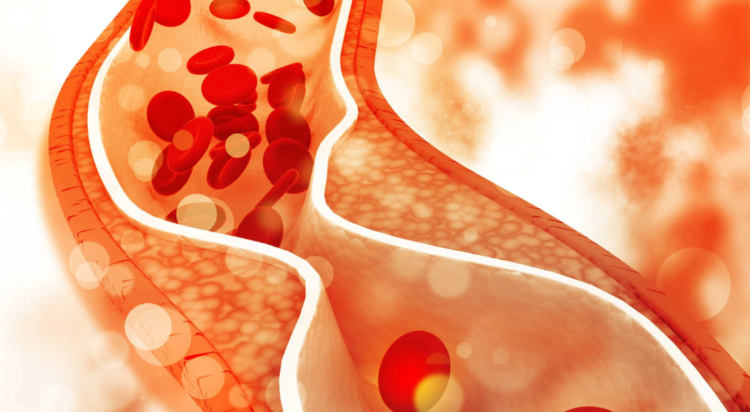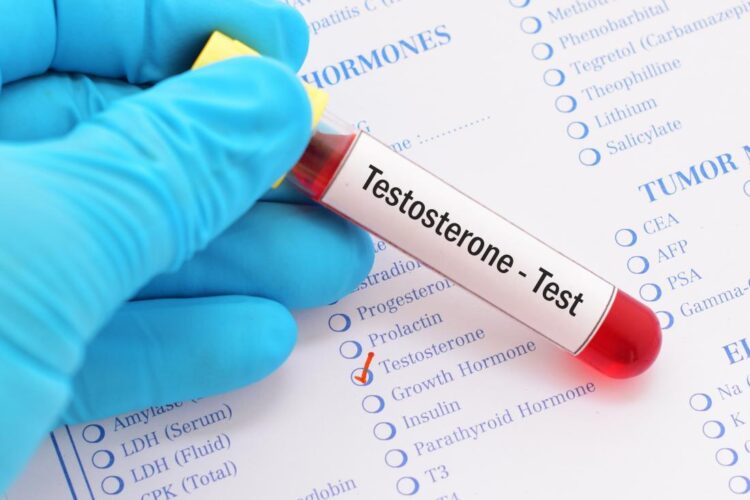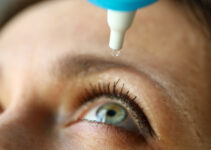If you fancy yourself a sun worshiper, this article might very well inspire you to spend even more time outdoors basking in the sunshine. And this is because the sun’s ultraviolet rays are an excellent source of vitamin D. In short, vitamin D is a group of fat-soluble secosteroids that allow the body to absorb calcium, magnesium, and phosphate, all of which are essential for good overall health.
The absorption of calcium contributes to stronger bones and teeth. Together, magnesium and phosphate aid in regulating muscle and nerve function, blood glucose levels, and blood pressure levels. While we are on the topic, it is worth mentioning that adequate levels of fat-soluble secosteroids, also known as fat-soluble vitamins, can protect against a host of chronic diseases, some of which include the following:
- Neurodegenerative diseases
- Certain cancers
- Multiple sclerosis
- Osteomalacia (soft bones)
- Osteoporosis (brittle bones)
- Rickets
Indeed, adequate levels of vitamin D provides an array of health benefits. And they can all be had by spending just 10 to 15 minutes being exposed to the ultraviolet rays of the sun a few times per week. It is worth noting that this timeframe is more so for those who are fair-skinned. Individuals who are dark-complected may need more exposure since darker skin tones generally do not absorb vitamin D as easily from sunlight. Fortunately, there are foods that individuals can consume to maintain healthy levels of this vitamin, including fortified milk and cereals.
Fatty fish, namely salmon, mackerel, and sardines, are also excellent sources of vitamin D. Depending on how it is derived, the body uses two variants of vitamin D to absorb calcium, magnesium, and phosphate. The first one is ergocalciferol, otherwise known as vitamin D2, which comes from food. The second one is cholecalciferol, also known as vitamin D3, which comes from sunlight exposure.
Page Contents
Understanding the Mechanism of Vitamin D Production in the Human Body

img source: cloudinary.com
When an individual exposes their skin to the sun’s ultraviolet rays, a process known as vitamin D synthesis occurs. In short, ultraviolet B (UVB ) rays from the sun interact with cholesterol in skin cells. And this interaction leads to the production of vitamin D, making it possible for the body to absorb calcium, magnesium, and phosphate.
That said, there are two types of cholesterol in the human body, high-density lipoprotein (HDL) and low-density lipoprotein (LDL). For reference, HDL refers to good cholesterol that benefits the body. Comparatively, LDL refers to bad cholesterol, the type that often leads to cardiovascular disease. Vitamin D synthesis can be interrupted if an individual has high cholesterol, meaning they have LDL levels that are too high and HDL levels that are too low. Studies show that there is a correlation between high cholesterol and vitamin D deficiency.
An Increase in Testosterone Levels and Vitamin D Production: What You Need to Know

img source: dekko.co
Something else to note when it comes to vitamin D is that, along with cholesterol, testosterone also plays a part in enabling the body to produce this fat-soluble vitamin. And this is the case for both men and women. Much like cholesterol in skin cells, the liver, too, is involved in facilitating vitamin D synthesis when individuals expose their face, legs, arms, or other parts of their body to the sun’s UVB rays. Also, experts have theories how does vit D and zinc can affect testosterone levels.
The same is the case when they eat foods fortified with this fat-soluble vitamin. The liver plays a part in vitamin D synthesis by converting vitamin D that the body gets from sunlight or fortified foods into 25-dihydroxy vitamin D. However, this conversion process will usually get derailed if an individual develops a liver problem. To that point, a poorly-functioning liver is one of the many hallmarks of low testosterone levels. It is also worth noting that high testosterone levels, usually caused by tumors, can put people at risk of a vitamin D deficiency. As far as low testosterone, the two primary contributors are low human growth hormone (HGH) levels and aging.
What Are the Required Dosages?

img source: cdnparenting.com
For overall good health and to avoid symptoms of a vitamin D deficiency, the National Institutes of Health (NIH) recommends that babies up to 12 months old get at least 400 IUs of vitamin D each day. From age 1 to 70, 600 IUs per day is considered ideal. For those who are over the age of 70, the NIH recommends 8oo IUs each day.
What Are the Dangers of Vitamin D Deficiency?
For most people, healthy vitamin D levels are between 20 and 50 nanograms per milliliter ng/mL. And levels measuring 12 ng/mL or below constitute a vitamin D deficiency. That said, many health problems can arise if an individual develops a vitamin D deficiency, some of which include the following:
- Cognitive impairment
- Respiratory diseases
- Heart disease
- An increased risk of developing breast, prostate, or colon cancer
The Best Ways to Get Vitamin D: Exploring All Possible Options

img source: thenationalnews.com
Most will agree that spending 10 to 15 minutes basking in the midday sun is the best way to get the recommended daily intake (RDI) of vitamin D. Of course, doing so is easy for some and far more difficult for others. And this will have a lot to do with their geographical location. To get the most vitamin D naturally, meaning from the sun’s ultraviolet B (UVB ) rays, an individual has to live at latitudes between 40 degrees north and 40 degrees south of the equator. For individuals outside of these latitudes, getting the recommended daily intake of vitamin D will be a matter of taking supplements and consuming vitamin D-rich foods.
The Many Benefits It Brings to Human Beings: Final Thoughts on Vitamin D
In summary, adequate vitamin D levels can benefit the body in numerous ways, from contributing to strong, healthy teeth and bones to a much stronger immune system and everything in-between. And it only takes spending a few minutes outdoors under the glorious sun, eating fortified foods, or taking quality dietary supplements to provide the body with the recommended amount of this fat-soluble vitamin.





